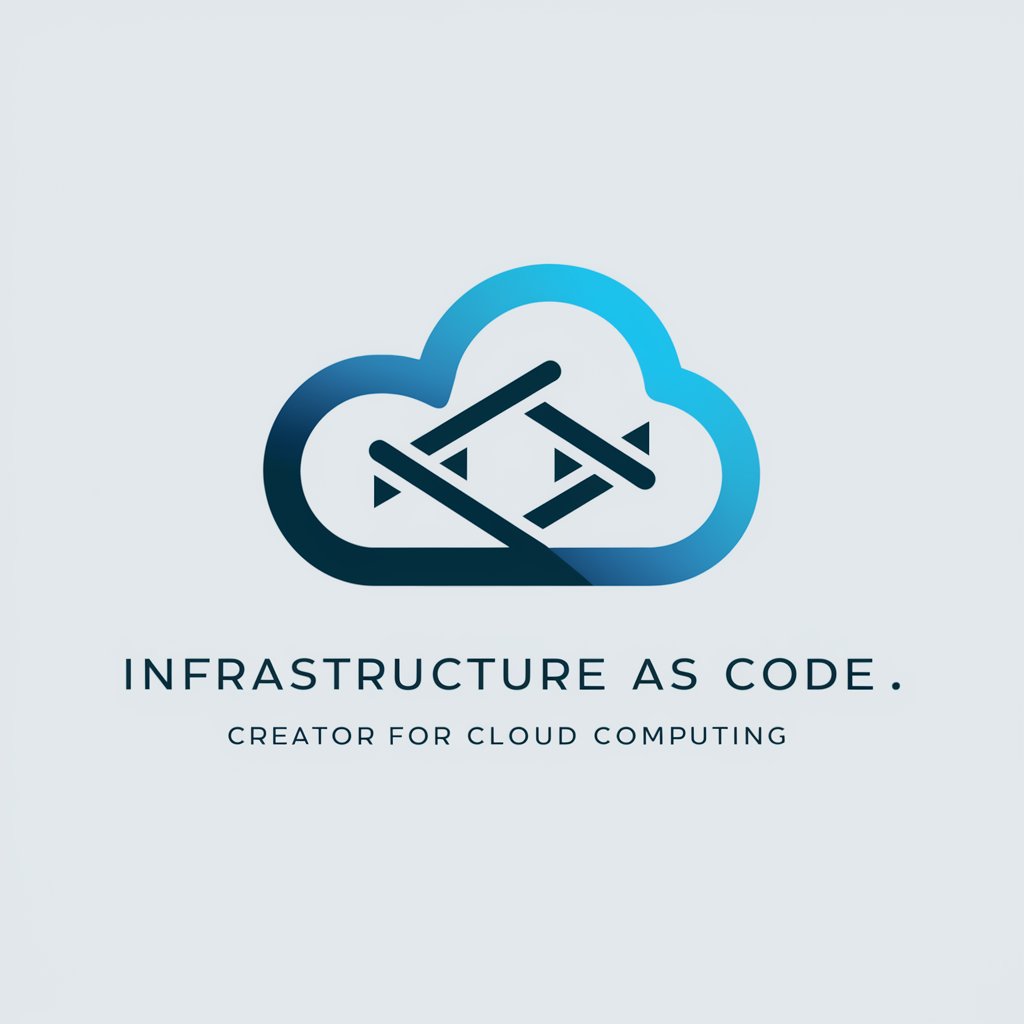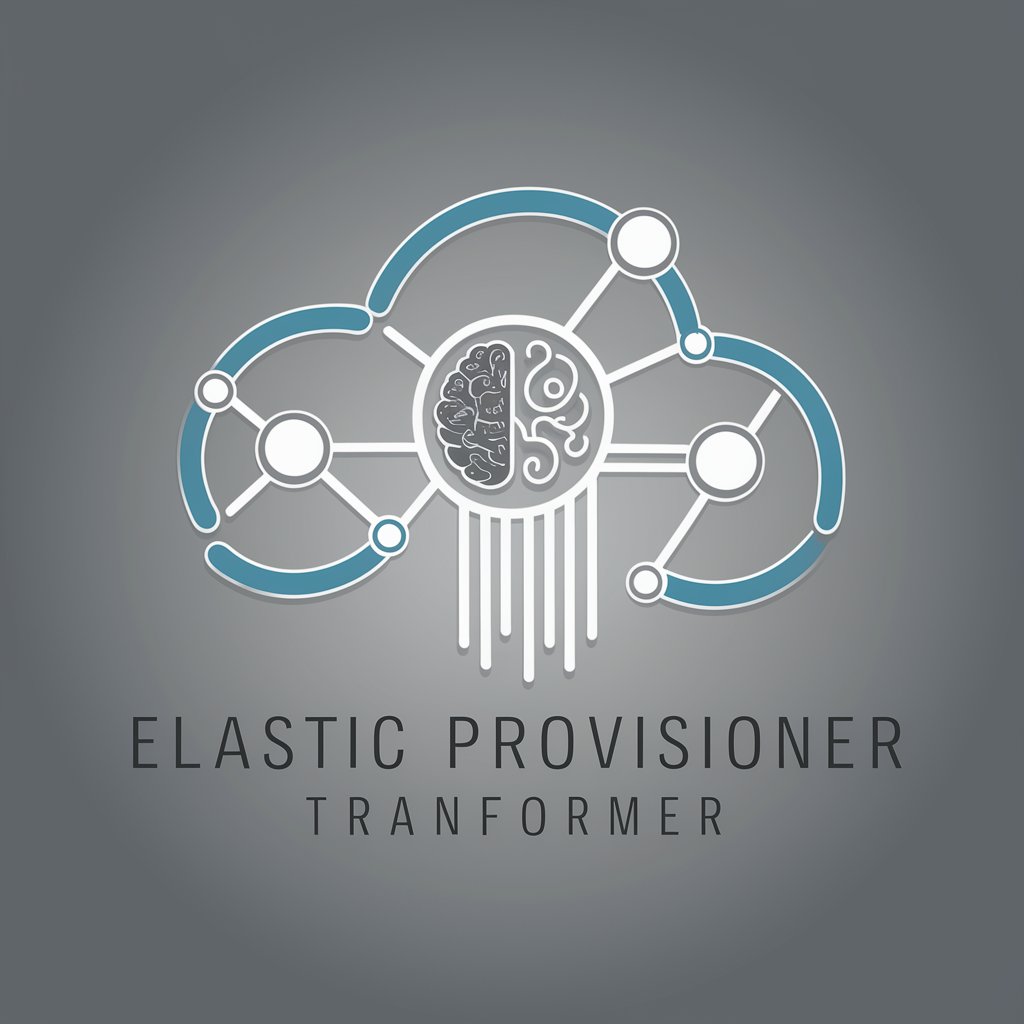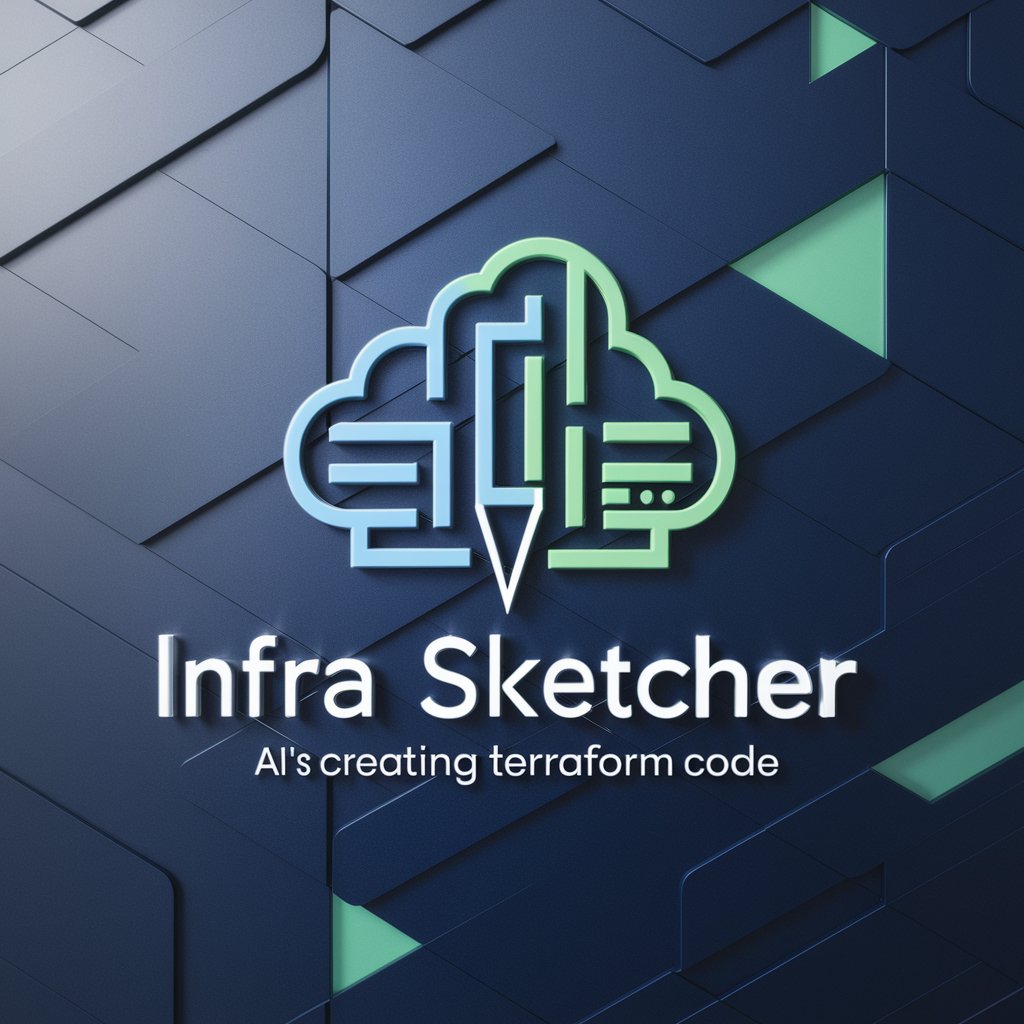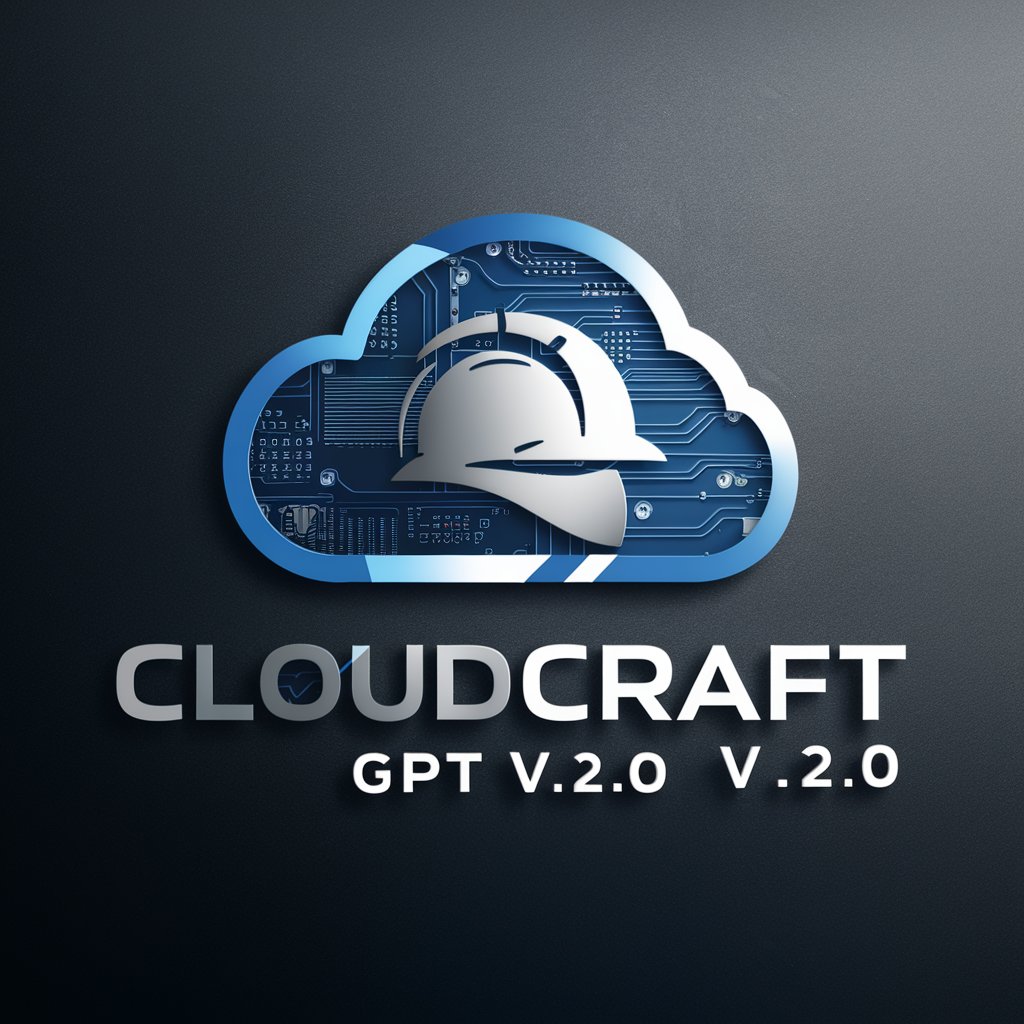
Infrastructure as Code Creator for Cloud Computing - Terraform Cloud Management

Welcome! Let's streamline your cloud infrastructure with Terraform.
Automate cloud infrastructure with AI
How do I create a Terraform script for setting up a secure VPC in AWS?
Can you guide me through configuring a scalable Kubernetes cluster on Azure using Terraform?
What are the best practices for managing GCP resources with Terraform?
How can I optimize cost-efficiency when deploying infrastructure on AWS using Terraform?
Get Embed Code
Overview of Infrastructure as Code Creator for Cloud Computing
The Infrastructure as Code Creator for Cloud Computing is a specialized tool designed to streamline the provisioning and management of cloud infrastructure through code. It leverages the power of Terraform, a widely used open-source tool, to automate the setup and maintenance of infrastructure across various cloud platforms such as AWS, Azure, and GCP. This approach allows for the configuration of complex cloud environments in a consistent, repeatable manner, significantly reducing the potential for human error while enabling scalability and flexibility. By defining infrastructure through code, it also facilitates version control and collaboration among teams, ensuring that changes are tracked and easily reviewed. Example scenarios where this tool is invaluable include setting up a multi-tier web application environment across cloud providers, automating the deployment of network configurations, and managing cloud-based data storage solutions with enhanced security and compliance features. Powered by ChatGPT-4o。

Key Functions and Real-world Application
Multi-Cloud Environment Setup
Example
Automating the deployment of a highly available web application across AWS and Azure to ensure redundancy and failover capabilities.
Scenario
A company seeks to deploy its critical applications across multiple cloud providers to enhance availability and disaster recovery strategies. Using Infrastructure as Code, they define the required resources for each cloud provider, including virtual machines, load balancers, and database services, ensuring that the application remains operational even if one provider experiences downtime.
Network Configuration Automation
Example
Defining security groups, VPCs, and subnets in a Terraform script to standardize network setups across projects.
Scenario
An organization wants to enforce a standard network architecture across its cloud projects to maintain security and compliance. By using Infrastructure as Code, they create templates for network configurations that can be reused, ensuring consistent security policies and simplifying the network setup process for new projects.
Scalable Infrastructure Management
Example
Using Terraform to dynamically adjust resources like compute instances and database capacities based on load.
Scenario
During peak business hours, a retail company needs to scale its e-commerce platform to handle increased traffic. With Infrastructure as Code, they implement auto-scaling policies that automatically adjust the number of compute instances and database capacities, ensuring the platform remains responsive without manual intervention.
Target User Groups
DevOps Engineers
Professionals responsible for bridging the gap between development and operations. They benefit from using Infrastructure as Code services to automate and streamline the deployment, scaling, and management of applications and services across cloud environments, leading to faster development cycles and more reliable deployments.
Cloud Architects
Experts in designing cloud solutions and strategies. Cloud architects use Infrastructure as Code to define and implement scalable, secure, and efficient cloud infrastructure. This allows for the rapid prototyping of cloud architectures and ensures that infrastructure design principles are consistently applied across projects.
Security and Compliance Teams
Teams focused on ensuring that infrastructure complies with industry standards and organizational security policies. By using Infrastructure as Code, they can codify security practices and compliance checks into the infrastructure provisioning process, making it easier to audit and enforce security standards across all cloud deployments.

How to Use Infrastructure as Code Creator for Cloud Computing
Initiate Trial
Start by visiting yeschat.ai to access a free trial instantly, no sign-up or ChatGPT Plus subscription required.
Define Requirements
Identify your cloud infrastructure needs, such as server instances, storage options, and network configurations across AWS, Azure, or GCP.
Select Template
Choose from a variety of pre-existing Terraform templates or start from scratch to tailor your cloud resources precisely.
Customize Configuration
Adjust the selected template parameters based on your specific requirements, focusing on security, scalability, and cost-efficiency.
Deploy & Manage
Use Terraform commands to deploy your infrastructure as code. Continuously manage and iterate on your configurations for optimal performance.
Try other advanced and practical GPTs
Stranger Quest
Explore the supernatural, shape the story.

放下V3
Your Calm, Humorous AI Friend

Research Proposal Advisor [ภาษาไทย]
Simplifying Research Proposals with AI
![Research Proposal Advisor [ภาษาไทย]](https://r2.erweima.ai/i/Eeyx4wo6QDG8Ad8za8XUsg.png)
Thai Civil Service Quiz
Empower Your Civil Service Exam Prep

Anomaly: Research Method Quiz
Empowering research with AI-driven quizzes

Wingman
Your AI-powered wingman for dating success.

Proposal Creator
Empowering Proposals with AI

Mortgage Insight
Deciphering Mortgages with AI

PROMPT CRAFTER
Enhancing AI Interactions, Promptly.

Simultáneas de Ajedrez por Maestro Internacional
Master Chess with AI-Powered Simulations

Auto Agent
Empowering your tasks with AI precision.
Prompt Engineering Tutor
Crafting Effective AI Prompts Made Easy

FAQs on Infrastructure as Code Creator for Cloud Computing
What cloud platforms does this tool support?
It supports major cloud platforms including AWS, Azure, and GCP, offering flexibility in managing various infrastructure needs.
Can I manage existing cloud infrastructure with this tool?
Yes, you can import existing cloud resources into Terraform configurations to manage and apply changes as needed.
How does this tool ensure security in cloud configurations?
It adheres to best practices and secure configurations by allowing you to define security groups, roles, and policies directly within your Terraform scripts.
Is prior experience with Terraform required to use this tool?
While prior experience is beneficial, the tool provides templates and guides that help beginners start with infrastructure as code efficiently.
How can I optimize cloud costs using this tool?
It enables precise resource allocation and supports monitoring tools integration, helping you to optimize and reduce cloud costs effectively.





